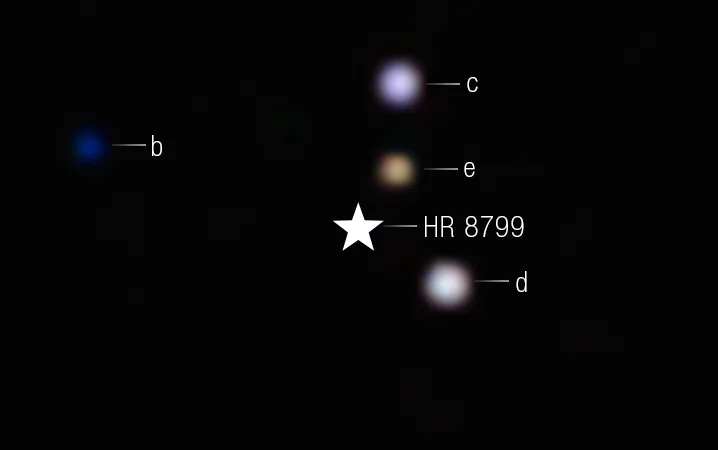How Teamwork Between Molecules May Have Sparked the Origin of Life

Ever wonder how life started on Earth? It’s one of the biggest mysteries of science—and no, we’re not talking about the stork or aliens in spaceships. Scientists believe life began not with cells or creatures, but with molecules—simple building blocks that slowly learned how to team up and work together. A recent study dives deep into this fascinating idea and gives us clues on how the recipe for life might have come together. Let’s break it down.
The World Before Life: A Soup of Chemicals
Imagine Earth, 4 billion years ago. There were no trees, no animals, no humans—just a bubbling mix of chemicals. Think of it like a huge chemical soup. Scientists call this the “prebiotic world”, which means the time before biology kicked in.
In this soup, tiny molecules floated around. Some of them were RNA, a cousin of DNA. RNA is like a strip of code that can carry information, and some forms of it can even do jobs—like tiny machines. These special RNAs are called ribozymes.
The Problem: Life Needs a Lot of Parts
Here’s the catch: for life to work, you need lots of different molecules doing specific jobs, all in the right place, at the right time. So how could a bunch of random chemicals organize themselves into something as complex as life?
One key idea scientists explore is cooperation—just like a team sport, where players need to pass the ball and help each other score.
But cooperation doesn’t just happen. Especially in molecules, where the “players” are floating around randomly and can easily get separated.
The Experiment: Helping Molecules Work Together
In this new study, researchers set up a clever experiment. They created two types of ribozymes (those RNA machines we mentioned earlier). Each one could help build a piece of the other—but not itself. That means they could only survive and keep going if they helped each other.
To simulate early Earth conditions, they used tiny bubbles called protocells—like microscopic soap bubbles that trap molecules inside. The idea is that if both ribozymes end up in the same bubble, they can team up and keep “reproducing.”
Here’s where it gets interesting: When both ribozymes made it into the same bubble, their partnership worked—and they thrived. But if only one type got inside, nothing happened. Cooperation was the key.
What This Tells Us About Life
This simple setup gives us a big insight: life might have started through teamwork between molecules, not just individual action. In other words, early life didn’t begin with one molecule doing everything. It may have started with molecular cooperation—a kind of molecular friendship where two or more pieces helped each other survive.
Even better, this teamwork likely happened inside tiny compartments (like those protocell bubbles), which kept the helpers close together and made cooperation easier.
Why This Matters
You might be thinking, “Okay, cool, but why does this matter now?” Well, understanding how life started isn’t just a fascinating thought experiment—it has real, modern-day implications. It helps guide our search for life beyond Earth, prompting scientists to look for similar chemical “soups” on planets like Mars or icy moons like Europa. It also plays a crucial role in efforts to create synthetic life in laboratories, which could one day revolutionize medicine, energy production, and materials science. And perhaps most importantly, it deepens our appreciation for just how fragile and extraordinary life truly is. This study brings us one step closer to answering that age-old, mind-blowing question: How did we go from lifeless molecules to a planet teeming with living, breathing creatures?
Chemistry + Time = Life?
Science is showing us that the path from simple molecules to complex life may have started with small steps—cooperation, chance meetings, and lucky bubbles.
In a way, life began not as a solo act, but as a duet. And from that first tiny team-up, everything else—trees, cats, humans, and even this article—followed.
Pretty amazing, right?
You can read the original research paper here: Applied Astrobiology: An Integrated Approach to the Future of Life in Space






